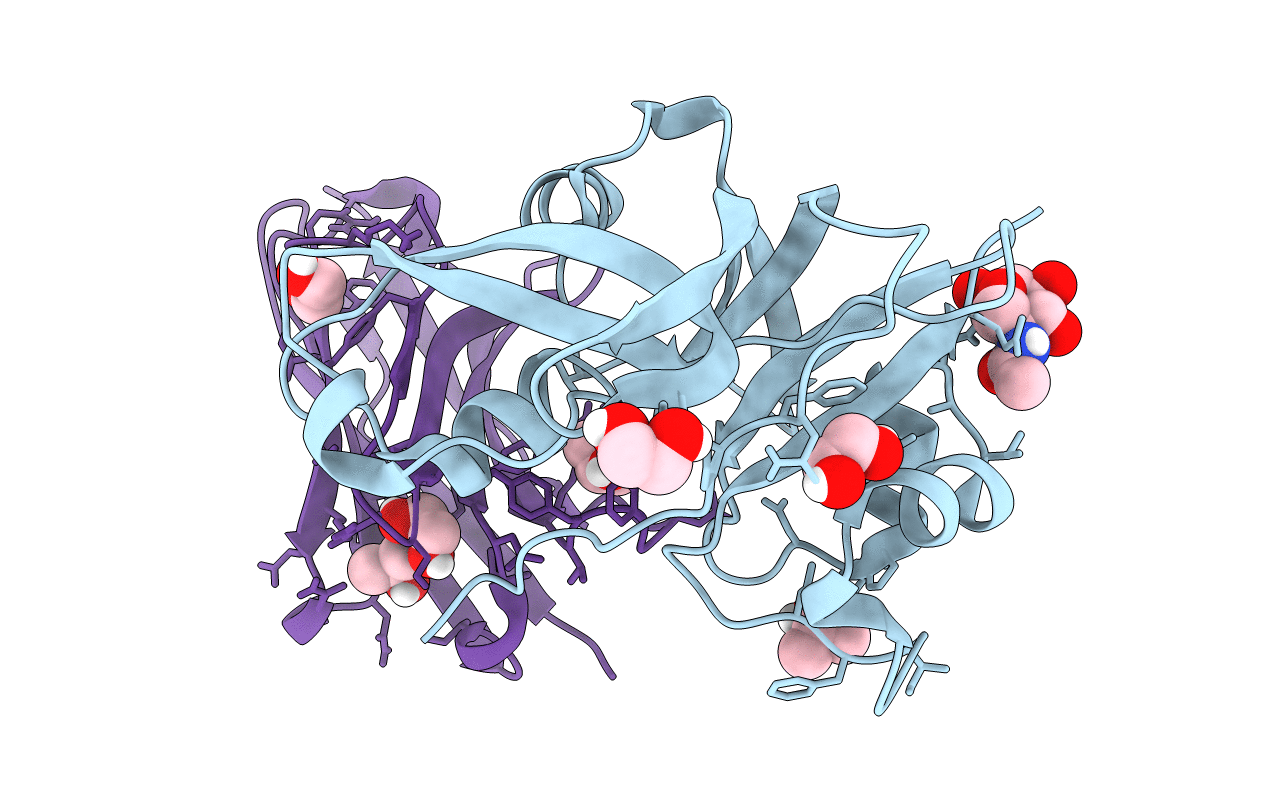
Deposition Date
2019-02-28
Release Date
2020-08-05
Last Version Date
2024-11-13
Entry Detail
PDB ID:
6QUP
Keywords:
Title:
Structural signatures in EPR3 define a unique class of plant carbohydrate receptors
Biological Source:
Source Organism:
Lotus japonicus (Taxon ID: 34305)
Lama glama (Taxon ID: 9844)
Lama glama (Taxon ID: 9844)
Host Organism:
Method Details:
Experimental Method:
Resolution:
1.87 Å
R-Value Free:
0.21
R-Value Work:
0.16
R-Value Observed:
0.16
Space Group:
P 1 21 1


